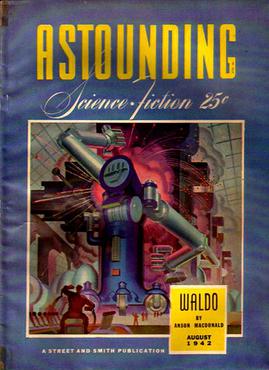Scaling KSRM Design Considerations There hasn’t been a lot of work on self-replicating workcells. There’s been plenty on robotic workcells that don’t replicate, but almost all of this falls into the “more complex than what it makes” category. The basic idea goes back to Waldo: imitate a machine shop and the person servicing the machines… Continue reading Feynman’s Path to Nanotech (part 9)



